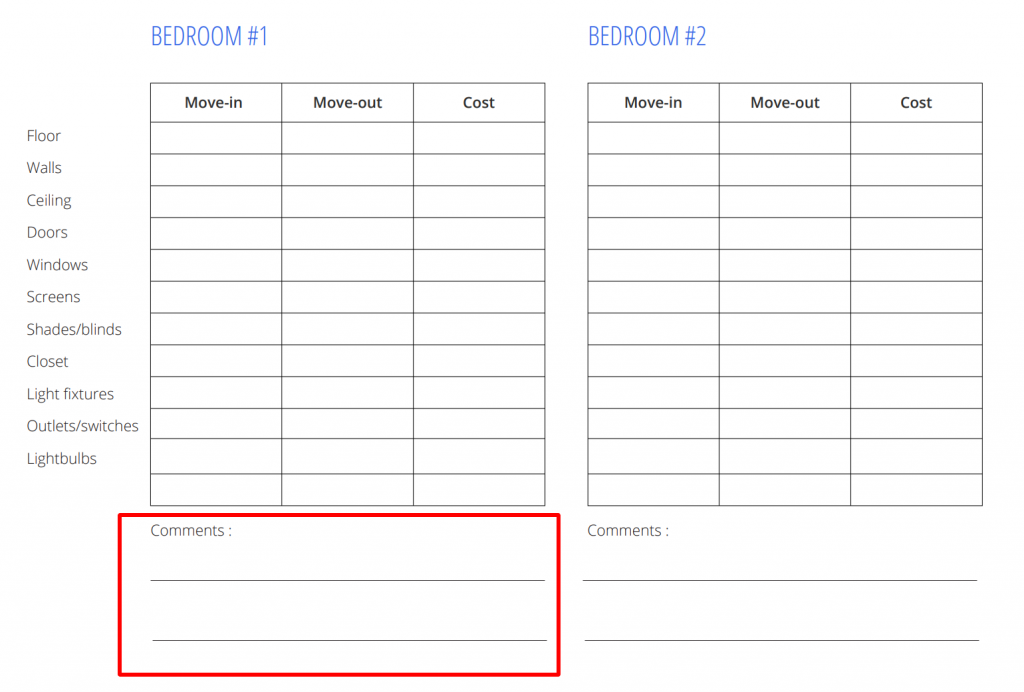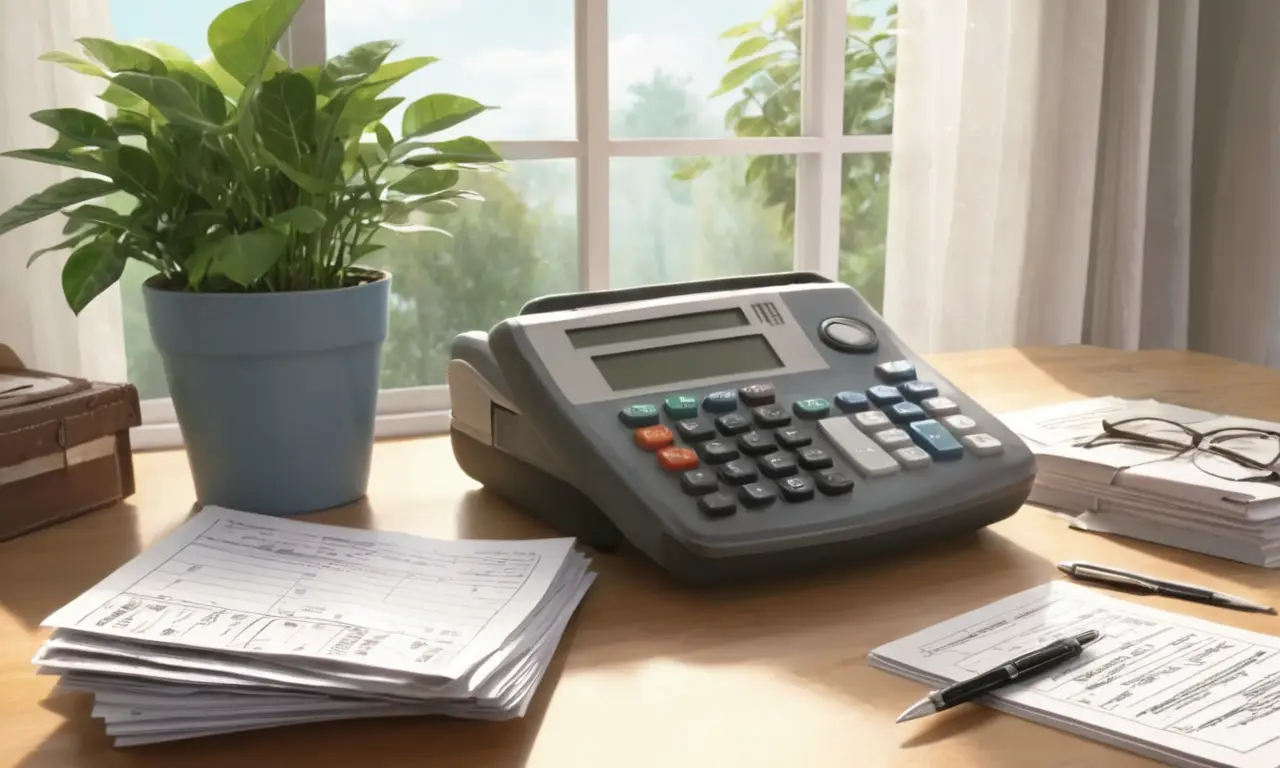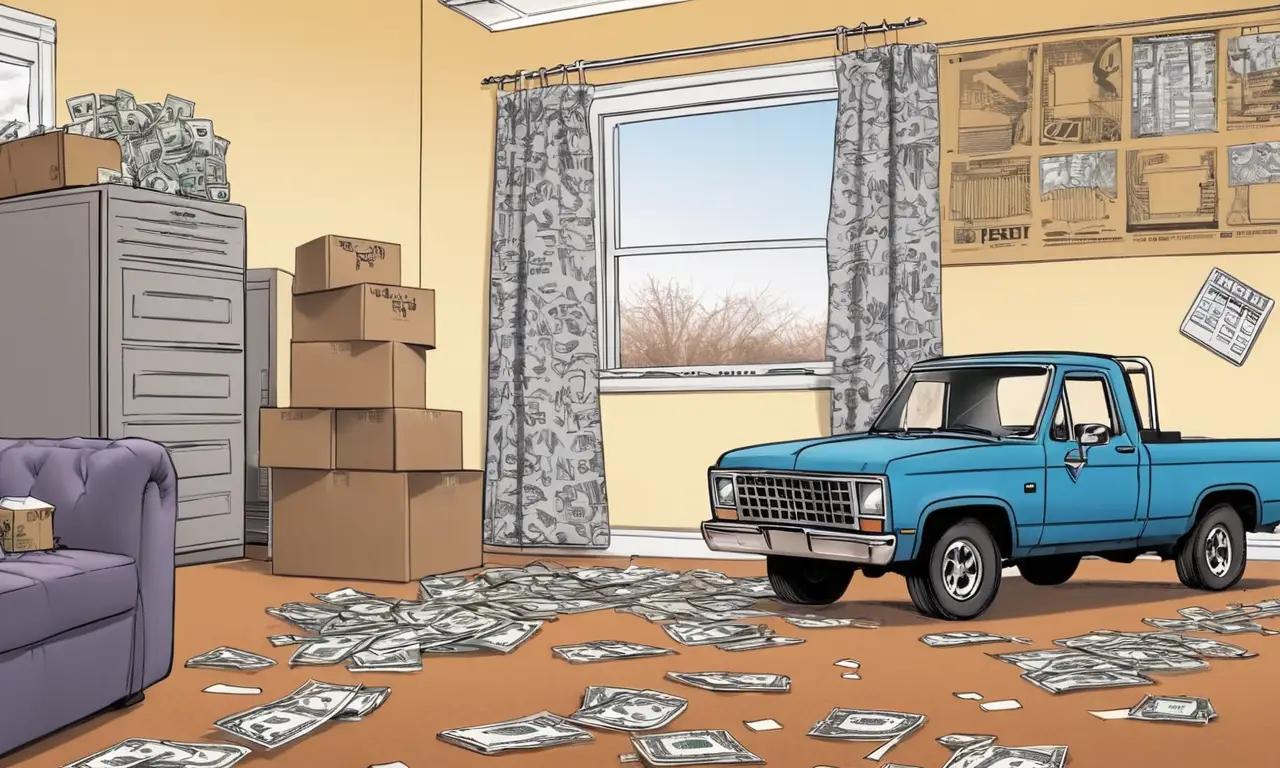
Moving out of your rental property can be an exciting time, filled with anticipation for new beginnings. However, amidst the packing and planning, it’s crucial to understand your financial obligations regarding rent. One common question that arises is: when do you stop paying rent when moving out? While generally, you continue paying until the end of your lease term, there are nuances and exceptions to consider. This article will guide you through the essential aspects of final rent payments when moving out, ensuring a smooth and transparent transition.
This article will delve into the specifics of final rent payments, emphasizing the importance of reviewing your lease agreement, understanding move-out procedures, and maintaining clear communication with your landlord. By following these guidelines, you can avoid potential disputes and ensure a seamless move-out experience.
Final Rent Payment
The most straightforward answer to “do you pay rent the month you move out” is: it depends on your lease agreement. Typically, you are obligated to pay rent until the end of your lease term, even if you vacate the property early. This means that if your lease ends on the 31st of July, you are responsible for paying rent through July, regardless of when you move out during the month.
However, there can be exceptions depending on your specific lease terms and local laws. Some leases may allow for a partial refund of rent if you vacate early, while others might have clauses regarding subletting or assigning the lease to another tenant. It’s crucial to carefully review your lease agreement to understand your obligations regarding final rent payments.
Remember that even if you move out before the end of your lease term, you are still legally responsible for paying the agreed-upon rent until a new tenant is found or your lease is officially terminated.
Lease Agreement Review

Your lease agreement is your most valuable resource when navigating the complexities of moving out. It outlines all the terms and conditions of your tenancy, including details about rent payments, move-out procedures, and any potential penalties for early termination.
Take the time to thoroughly review your lease agreement, paying close attention to sections related to:
* Lease Term: Identify the start and end dates of your lease agreement.
* Early Termination Clause: Understand the conditions under which you can terminate your lease early and any associated fees or penalties.
* Move-Out Procedures: Review the specific steps required for moving out, such as providing written notice to your landlord and scheduling a final inspection.
By carefully reviewing your lease agreement, you can avoid misunderstandings and ensure that you fulfill all your obligations when moving out.
Move-Out Procedures
Following proper move-out procedures is essential for ensuring a smooth transition and avoiding potential disputes with your landlord. These procedures typically involve:
- Providing Written Notice: Submit a written notice to your landlord stating your intention to vacate the property, adhering to the timeframe specified in your lease agreement.
- Scheduling a Final Inspection: Coordinate a final inspection with your landlord to assess the condition of the property before you move out. This allows both parties to document any existing damage and avoid disputes regarding security deposits.
- Cleaning and Repairs: Thoroughly clean the rental unit and make any necessary minor repairs, as outlined in your lease agreement.
By adhering to these procedures, you demonstrate responsibility and professionalism, contributing to a positive moving experience for both you and your landlord.
Prorated Payments

In some cases, you may be eligible for prorated rent payments when moving out before the end of your lease term. This means that you would only be responsible for paying a portion of the rent for the remaining months of your lease.
Prorated payments are typically calculated based on the number of days you occupy the property during the final month of your tenancy. For example, if you move out on the 15th of July and your lease ends on the 31st, you would only be responsible for paying half of the July rent.
It’s important to discuss prorated payments with your landlord in advance to ensure a clear understanding of your financial obligations.
Communication with Landlord
Maintaining open and transparent communication with your landlord throughout the moving process is crucial. This includes:
- Providing Written Notice: Submit a formal written notice stating your move-out date, adhering to the timeframe specified in your lease agreement.
- Scheduling Final Inspection: Coordinate a convenient time for the final inspection with your landlord.
- Addressing Concerns: If you have any questions or concerns regarding rent payments, move-out procedures, or security deposits, communicate them promptly and respectfully to your landlord.
Clear and timely communication can help prevent misunderstandings and ensure a smooth and amicable moving experience.
Conclusion
Understanding the intricacies of final rent payments when moving out is essential for ensuring a seamless transition and avoiding potential disputes with your landlord. By carefully reviewing your lease agreement, adhering to move-out procedures, and maintaining open communication, you can navigate this process effectively. Remember that while generally you are responsible for paying rent until the end of your lease term, there may be exceptions depending on your specific circumstances.
